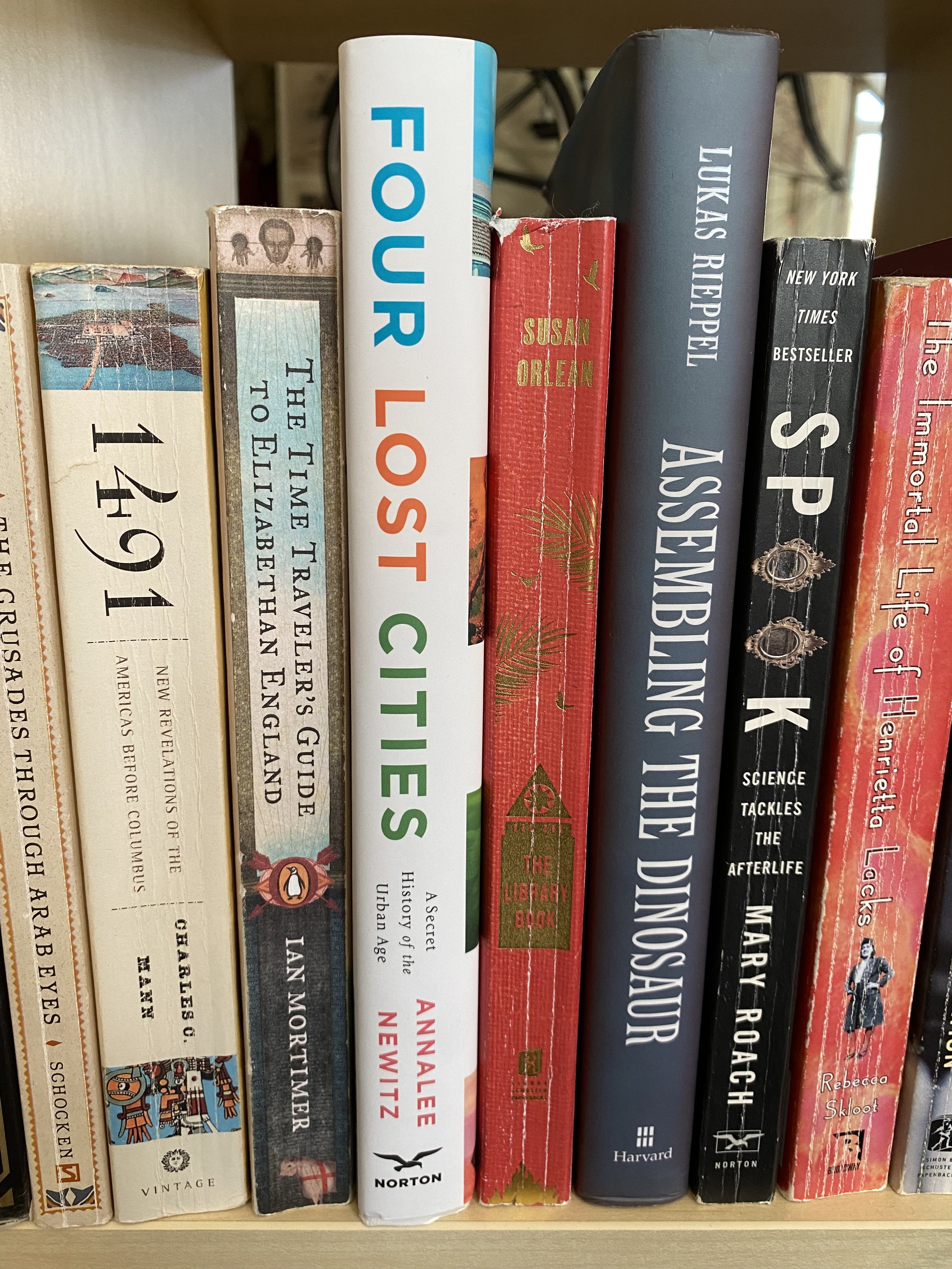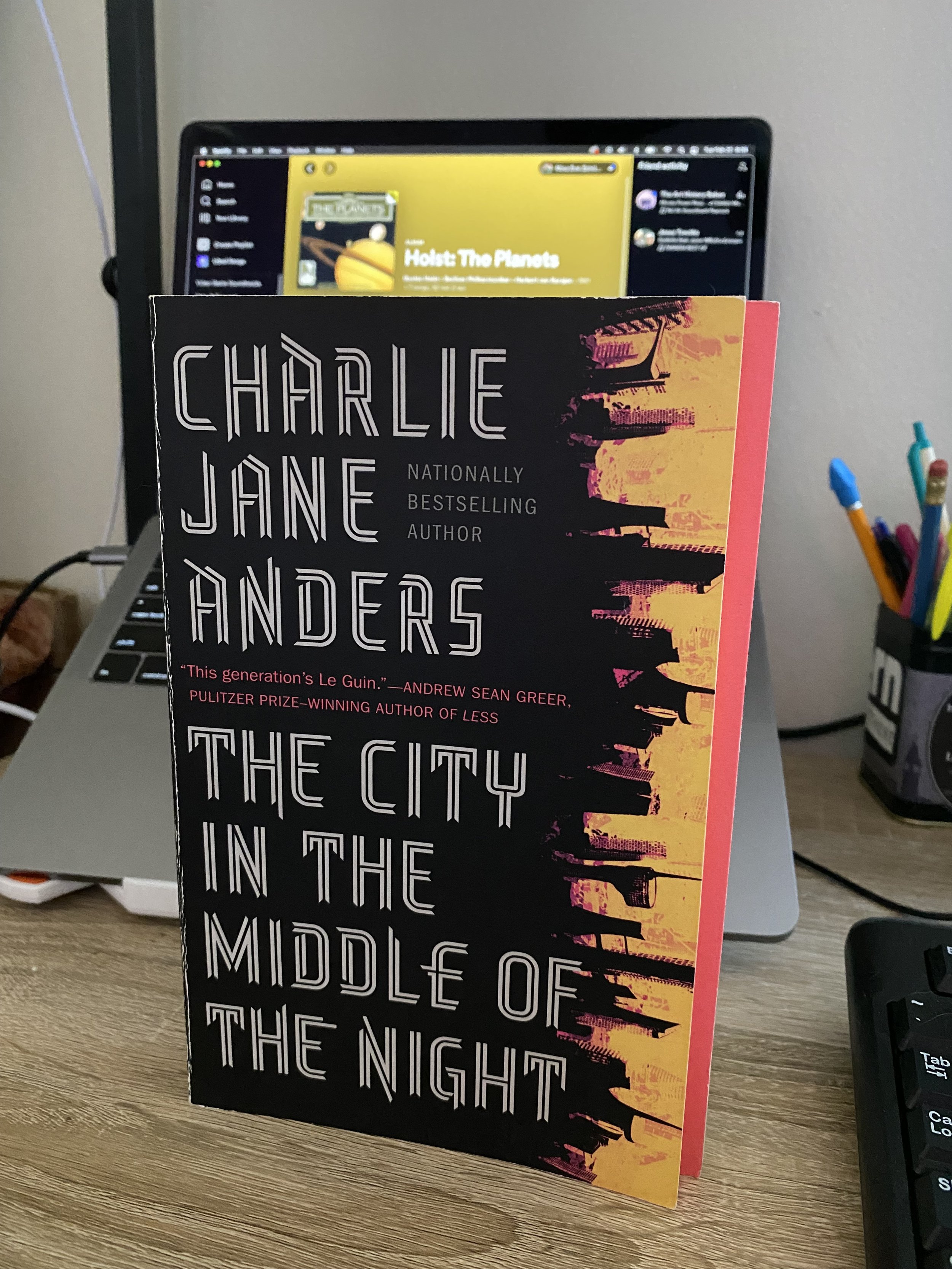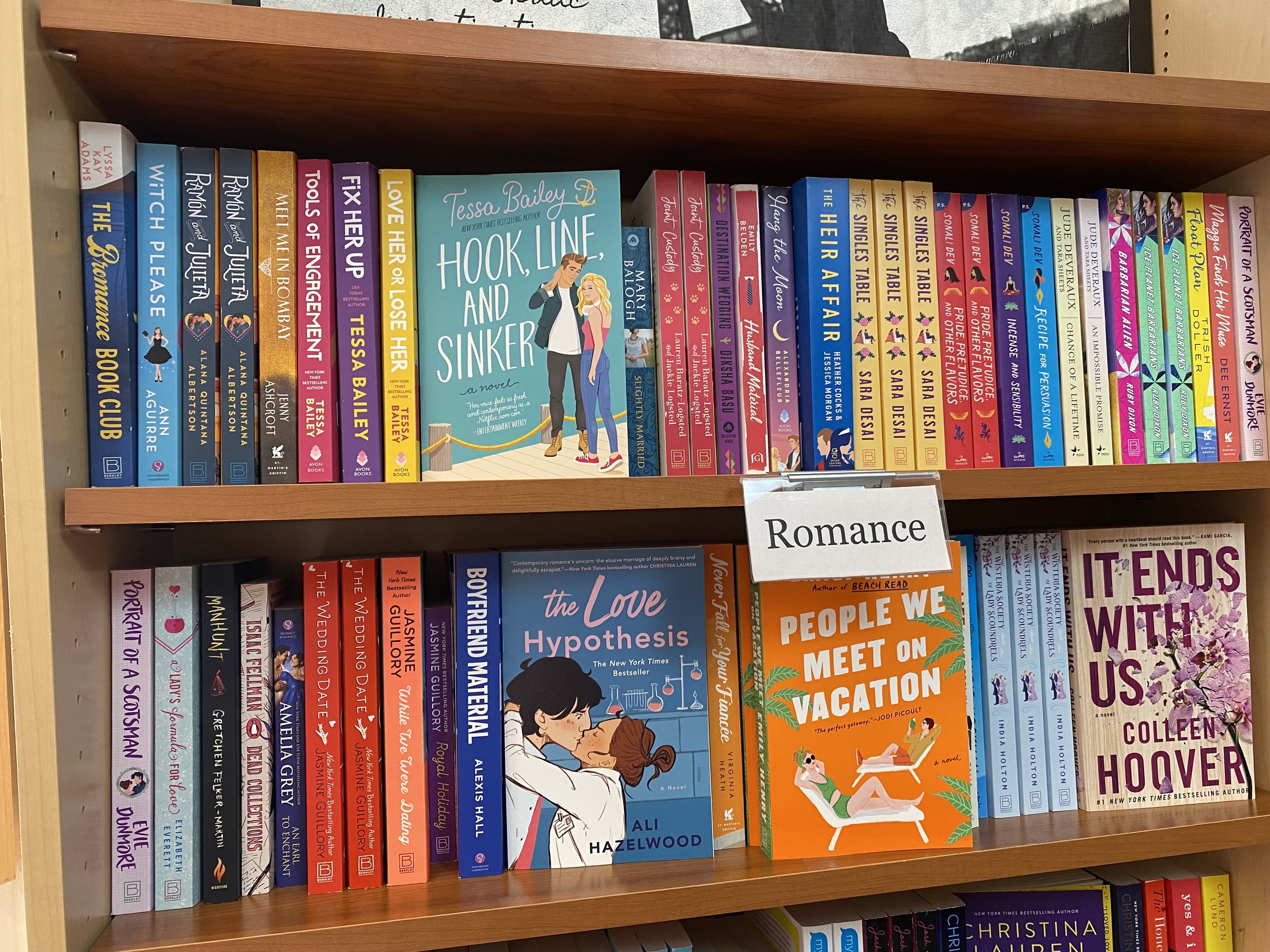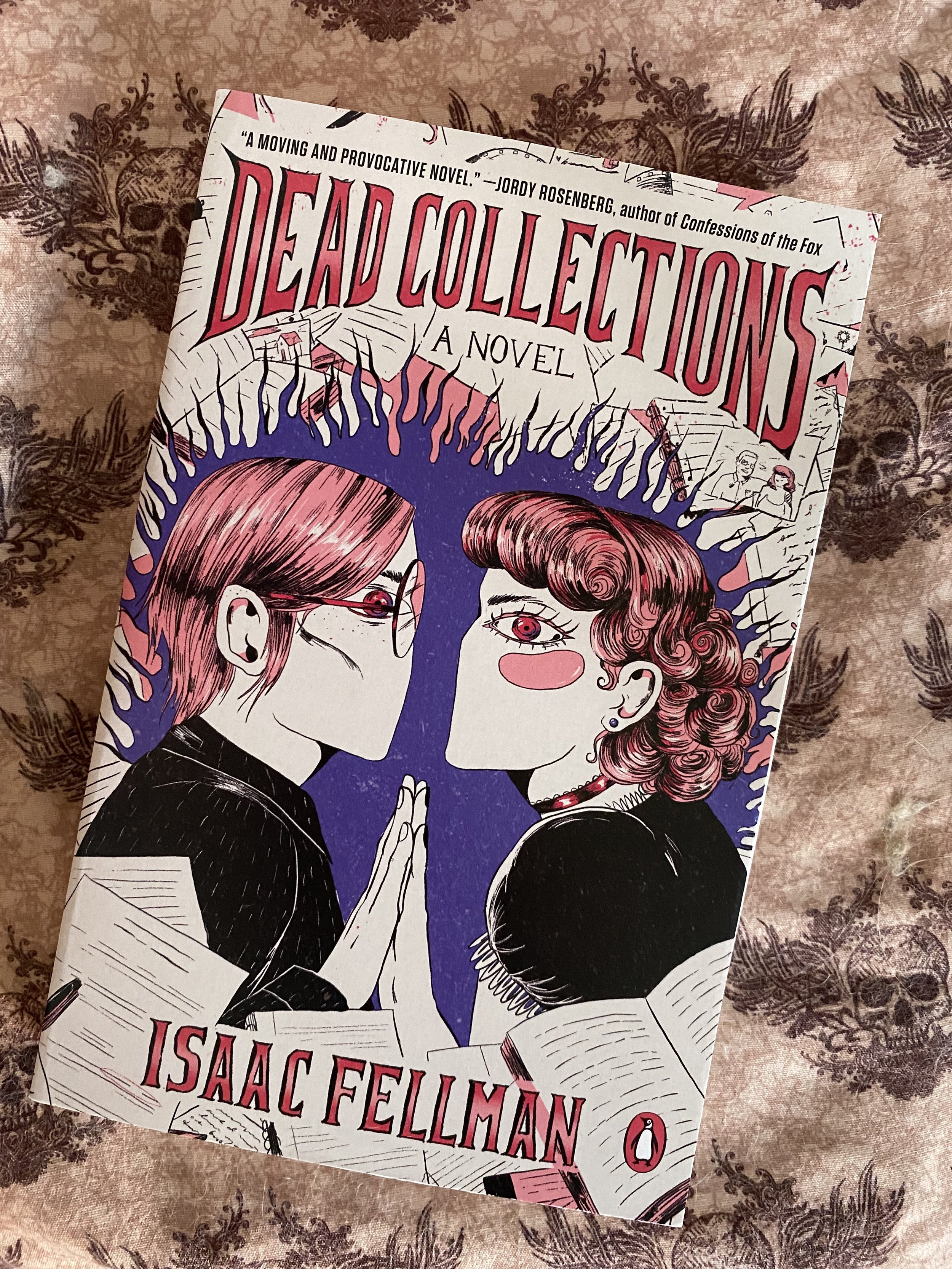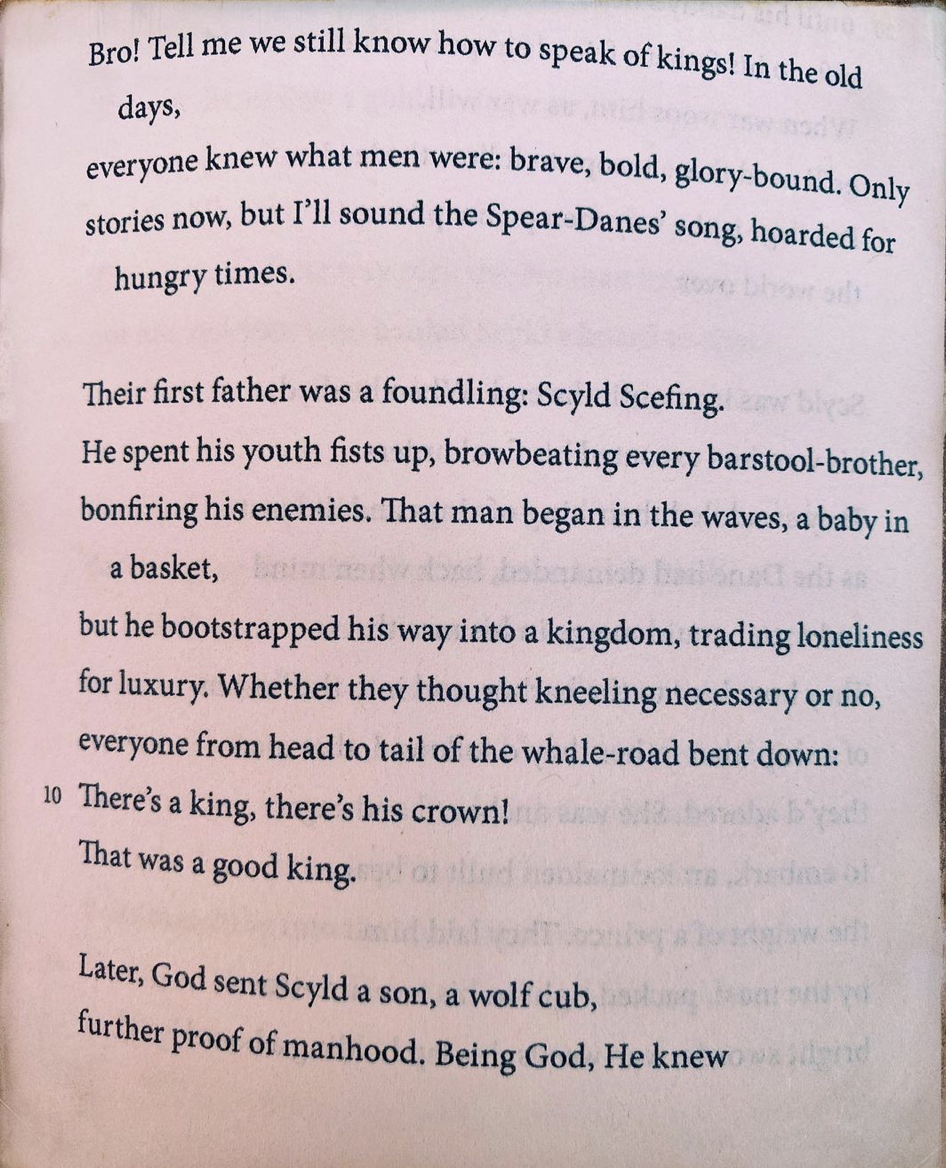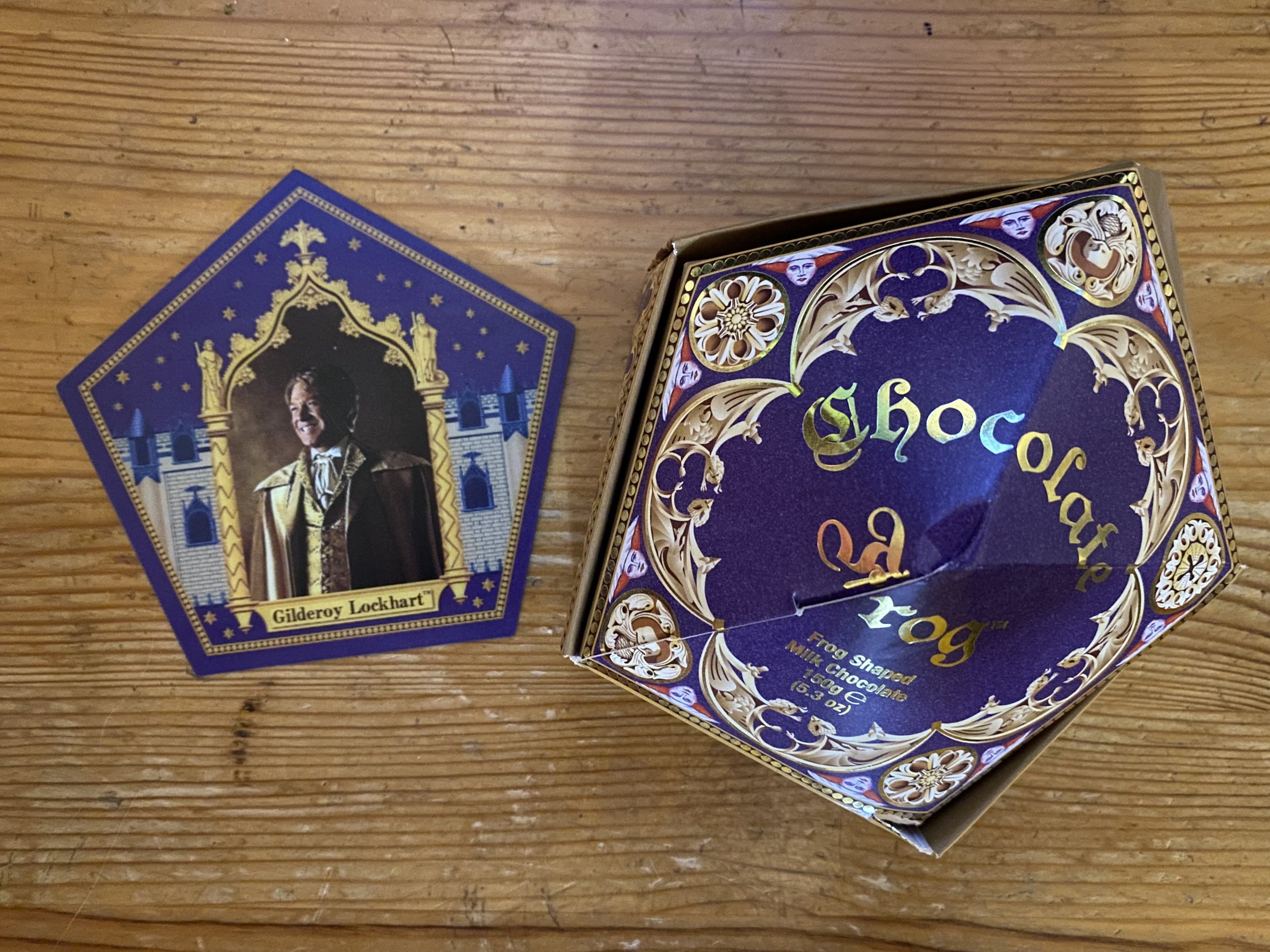THIS IS PART XI IN A SERIES
This is the conclusion of my series Harry Potter and the History of the Book. Will I revisit Harry Potter in a book history context again on this blog? Most definitely. What I discovered as I prepared for this project was that analyzing Harry Potter through a book historical lens could easily be a lifetime’s work for a book historian. But this project is at an end.
The project is based on lectures and learnings from my Fall 2021 course The Book 1450+ with Annette Lamb and Lydia Spotts at IUPUI. A blog is a somewhat casual and it can be easy to overlook the research bloggers do to prepare for their readers; this post will explain my process and the reasons behind the decisions I made. If you make it to the end, you’ll be rewarded with cat photos {I think having or liking cats is a general pre-req to studying library science}.
Topic Selection and problem statement
Initially I struggled with choosing a topic for this project. I liked ALL THE THINGS about book history and couldn’t decide. A week ago, in a panic I messaged my instructors with three ideas. One was ‘meh,’ one was great but resources were limited {see Harry Potter and the Book as Cultural Icon} and one was this one.
I also knew I wanted to continue the book history blog I created earlier in the semester. I wanted to continue engaging a variety of audiences in the wonders of the history of the book. I needed a subject matter that could bridge the gap between the general public and academia. As it turns out, the Harry Potter series could do just that.
Analyzing the Harry Potter series meant I would have almost too many resources to choose from but that meant I could shape the project in any way I chose, tailoring research and results to fit my concept. I worried Harry Potter was too easy, and maybe too childish. Then, as I mentioned in my introductory post to this project, I was surprised to find that the journal Book History, did not have any papers on the series. Other searches in academic papers showed that a lot of research had been done and so I was left with my overarching question: why wasn’t Harry Potter in the book history literature? As I reflected on the research we had read in class, much of it was on classics like Jane Eyre; authors like Dickens, Austen, Poe, even Tolkien appeared. Or the research was on much older books and topics like Robert Darnton’s research into the production of the Encyclopédie created between 1775 and 1800 (Darnton, 1979). While more modern topics like eReaders were included and J.K. Rowling appeared in at least two class lectures, the comprehensive reviews of more current books was not robust Also, young adult books are still working their way into being considered ‘serious’ literature. Add to that the fact that Rowling isn’t dead and her famous book series is still being remade, reprinted, and reinvented. It can be easy to research something stagnant but something still living, and breathing can be more challenging; as I realized when trying to find primary source material or an archive for Rowling.
Liking all the things about book history meant I didn’t want to zoom my focus into just one book history topic covered in class. I needed a subject matter that would let me talk about everything I had learned. The Harry Potter series was the perfect option. While my research may have to be updated as things with its transmedia empire evolve, as well as things with its now controversial author, enough time had passed for there to be plenty of sales figures, reviews, research, and articles to form a strong basis for a project. I also needed an organized way to approach the chaotic sounding ‘all the things’ and decided that approaching the entire book cycle by partially recreating each of our course modules would provide that structure. And so, Harry Potter and the History of the Book was born.
Statement of need for study
I’ve addressed some of this in my statement above but a big driving factor for the need to study Harry Potter and the history of the book was that, while research and scholarly articles exist about the books and its author, as well as the books’ structures and commercial viability, it hadn’t yet been brought comprehensively into the book history realm. The Harry Potter series is fun and magical but also a set of seven well-researched and well-written fiction books that have left a permanent mark on our society. Children’s books such as Alice’s Adventures Underground (Carroll, 1865) have been analyzed through a book historical lens, why not Harry Potter as well?
“In the United States, book history has been relegated to library schools and rare book collections. Step into any rare book room and you will find aficionados savoring bindings, epigones contemplating watermarks, érudits preparing editions of Jane Austen; but you will not run across any ordinary, meat-and-potatoes historian attempting to understand the book as a force in history. It is a pity for the generalist could learn a great deal from the specialists in the treasure houses of books” (Darnton, 1979, p. 2).
The need for the blog format
I took Darnton’s quote above and extended it several steps further from the [outdated term] meat-and-potatoes historian, to making book history accessible to the average reader. If readers are integral to the communications circuit, shouldn’t they be able to read and understand research that involves them? I’m a first-generation college student and it took me a decade to apply to grad school because I didn’t have enough money and didn’t think I had the right education to get in. I’m now in a position that many people can’t or won’t ever be in. Does this mean they can’t or won’t understand book history? Does that mean it’s no relevant to them? Nope! So, this is my humble attempt to break down some barriers and share my knowledge with others in a relatable way.
In addition to the need for analyzing the content I choose to review, I felt like there was also a need for this in-depth research to be presented in a casual and accessible format. Given that this subject matter hadn’t yet been presented to a formal journal like Book History, I could have written a paper for submission. But that seemed like the obvious and not-fun choice. I have also been working throughout the semester to present work that is academic and well-researched while simultaneously being approachable and relatable. With a blog I’m able to use first person and include personal connections along with a million citations.
Description of strengths and limitations of approach
Strengths
The format I chose, the blog, allows for a casualness that is not possible in a scholarly paper. I can directly engage the audience and include personal reflections, bridging the gap between cold academia and relatability. This format also allowed for more fun when writing and a flexibility in vocabulary choices. I could write creatively because I wasn’t worried about my reputation with a peer-reviewed journal.
The blog allowed for a freedom of length and a varied research focus. If I were writing a paper for a professional journal, I likely would have had to focus in-depth on one of the many aspects of the book cycle; with the blog I could touch upon and research all of them, which was my desire. I also had no length limitations. If research results were limited in one area, I could keep that post short but, if I had discovered a wealth of information or felt that there were many points to make on a particular topic, I could make the post longer. Had I created a website, I could have made my writing any length I wanted but people don’t often go to non-news websites for lengthy reading; people do generally expect to read when they visit a blog, and they often expect to learn something. The blog was a great space to create a casual learning environment.
This format offered an ability to include citations in non-traditional ways such as linking directly to a fanfiction database, YouTube video, and a podcast. In a paper, the links would have been relegated to the end in the citations sections and would have limited the possibility that an engaged reader would have gone on to research more on their own. The format also allowed for direct linking to topics I had covered previously, thus negating the need to repeat earlier findings; the reader was given the choice to learn more if they want or to continue reading the information at hand.
Weaknesses
The major weakness in using a blog is that it is not a professional space. The casual writing style I chose could limit how I am perceived as a professional and whether my research is taken seriously in the field of book history. My decision to focus on a variety of topics may make it seem like I am unfocused in my work or unable to do in-depth research.
While it is also a strength, another weakness is the length of each entry. I could lengthen certain discussions, like that about the ones about book as artifact or as knowledge, but I had to keep in mind that blog readers are probably not prepared to read a 20-50 paper about one thing. As is often the case, there was a lot more research about each topic covered but the need to keep a specific type of reader engaged and willing to continue with an eleven-part series meant I had to balance brevity.
A weakness about the topic I chose is that my research had to involve resources that are not always considered professional. Since J.K. Rowling is very much a living, and active author, there wasn’t an archive of primary source material like original manuscripts or letters to editors and publishers to consult. Instead, I had to use a Twitter feed. It’s incredibly handy to have such insight into an author’s mind but I’m not sure academia has quite figured out how to deal with that yet. It also meant I was frequently consulting popular magazines and online writing that was not necessarily peer reviewed such as an opinion piece about the sexual orientation of a main character or the BBC article about Rowling’s transphobic comments.
The time frame I was working within also presented some challenges. I frequently encountered warnings on websites for book reviews and sales figures because the content was more than ten years old. While there is still research about the Harry Potter series being done, the bulk of research and writing falls in the early 2000s and slows drastically around 2013. Currently that’s a gap of almost 9 years for a set of books and an author that are still affecting society. I had to my best to not let assumptions or guessing manifest in the writing. For instance, it would be very interesting so see how Rowling’s 2020 Twitter comments impacted readership and sales; there are many papers about segregation and oppression and lack of diversity in the series but not from a perspective that considers trans people. That left me limited on discussing the issue, I have my own opinions but couldn’t compare them with more objective research.
Process in completing the study
Once I had settled on the topic, I did preliminary research. When the Book History journal search came up dry, I decided to try a less conventional route. Since my topic is very much a part of pop culture, I began with a Google search for ‘harry potter’ and ‘academia’ to see what was out there. On the first page of results, I came across multiple LibGuides with books dedicated to published academic works about the series, this meant I should be able to find material in the IUPUI databases. I used Academic Search Complete because in my experience, even on searches with many results, the rate of irrelevant material is low. Besides peer reviewed journals, the database also contains book reviews and a healthy about of newspaper and magazine articles; I knew a mix of all these sources would be necessary for a contemporary research topic. The database search began with a basic search for ‘harry potter,’ limiting results to what I had full text access to. I scrolled through every page of search results (yes, every page), downloading article titles that seemed relevant to some part of the book cycle. I ended up with about 50 articles to review, many ultimately weren’t as relevant as I had initially thought but enough were close enough to get started.
My next step was to make an outline. This is not normally part of my process, perhaps because I was trained in fine arts, I usually just gather some research materials and an idea and work things out as I go. However, I knew the sheer amount of information to get through and discussion points meant I needed to stay on track and organized, even if I did deviate occasionally as things progressed. Throughout the nine-page outline I included notes about which part of the Harry Potter series to pull from and which articles or course lesson pages had good quotes or resources. At this point I also used unconventional resources like harrypotter.fandom.com if I was having trouble pinpointing an exact character appearance or plot point. While this wouldn’t normally be considered a reliable resource, let me just tell all the academics out there that fans are very particular! I didn’t use any quotes or references from this site but instead used it to help direct the quotes I would pull from the books themselves.
Next, I began taking pictures and writing. I tried to use the physical resources {books} in the photos in a way that would relate to the topic at hand. To minimize the time spent laboring over photos, I did simple set ups in my apartment with my iPhone and Airdropped the images to the computer I was working on. I wrote directly in my blog’s editing interface so I could see in real time how things would look to my readers. I use a Mac and Safari which means I have spelling and grammar tools built in like Microsoft Word; that was very helpful in creating an efficient writing process. I continued researching as I was writing, re-reading articles and searching for more if I found the ones I had sourced earlier weren’t as complete as I had initially thought. For some posts, like Harry Potter and the Book as Commodity, I needed to perform more targeted searches than my first foray into Potter academia and so I always had Academic Search Complete open in a browser tab for searching in real time. I was lucky in that my topic has had so much written about that relatively simple search like ‘harry potter’ and ‘sales’ or ‘harry potter’ and ‘book burning’ quickly turned up relevant results. As a fan of the series myself I was already aware of some online resources that would be helpful such as the BBC, Rowling’s Twitter feed, Mugglenet.com, and the WizardingWorld.com. In the case of the article cited for Dumbledore’s sexual orientation, I had first read that in a media literacy course a couple years back and so I was able to return to old notes to correctly search for the resource.
To feel a sense of accomplishment that would keep me working, each posted was published as I finished it. Occasionally I would go back to update something but for the most part I considered them done after publishing. I thoroughly enjoyed spending so much time with these books and this research and there is a lot more research still needs to be done. I am very likely to do more of it myself but in the event that someone else would like to pick it up, I’ve listed some of the questions I couldn’t or didn’t get to below.
Lingering questions
How do we analyze books and authors in the age of social media? How do we work with these new types of primary sources and an ever-changing media environment?
How do we analyze and reevaluate book history in a transmedia environment? {I only came across one article about transmedia; though it’s important to remember this wasn’t the main focus of my research}
How have Rowling’s transphobic Twitter comments and subsequent interviews impacted her readership and sales of her books? –Relatedly, how do Rowling’s own life experiences effect these comments and her writing?
Has cancel culture impacted Rowling’s iconic image and that of her books?
What are the positives of the criticism to Harry Potter and its lack of diversity? For instance, in a Nerdette podcast interview, Tomi Adeyemi mentions loving the series but not seeing herself or her culture’s mythology represented, and so Adeyemi created the Legacy of Orïsha series which was released to great fanfare.
What impact has historical marginalia had on its fictional representations? Why hasn’t this been studied before?
How can we use the ability of art history to {somewhat} separate the actions of an artist from their work for books with problematic authors so that we can hold multiple truths at the same time?
What is the effect of social media and influencers on the cultural perception of books and specific topics surrounding books? How does this also impact the book as commodity?
“Harry’s journey has allowed us to believe in magic—not just the magic of flying brooms, unicorns, and people being turned into ferrets or teapots into tortoises, but also the magic that we can find in new discoveries, in friendships, in good people working together to make the world better, and in ourselves. The books continue to resonate because they give readers a hope for magic in the world and within themselves, hope that we can always do better, and hope that good will ultimately win out” (Kolongowski, 2017, p. 5).
Thank you!
Many thanks to my partner who made sure I was fed the entire semester and had clean clothes to wear to work the morning after a long night of reading and/or writing {he’s also just a genuinely good human}.
Thanks also too…






